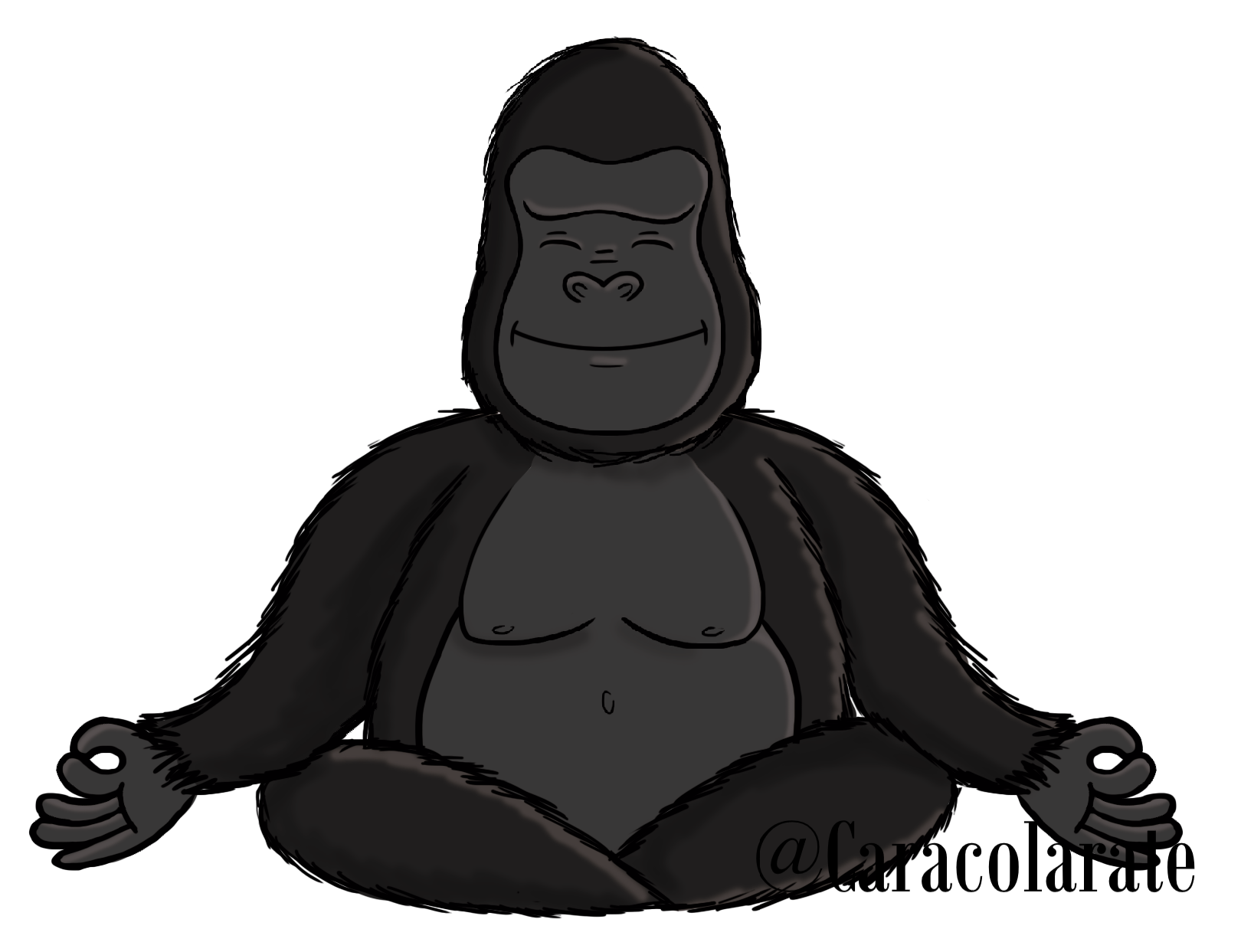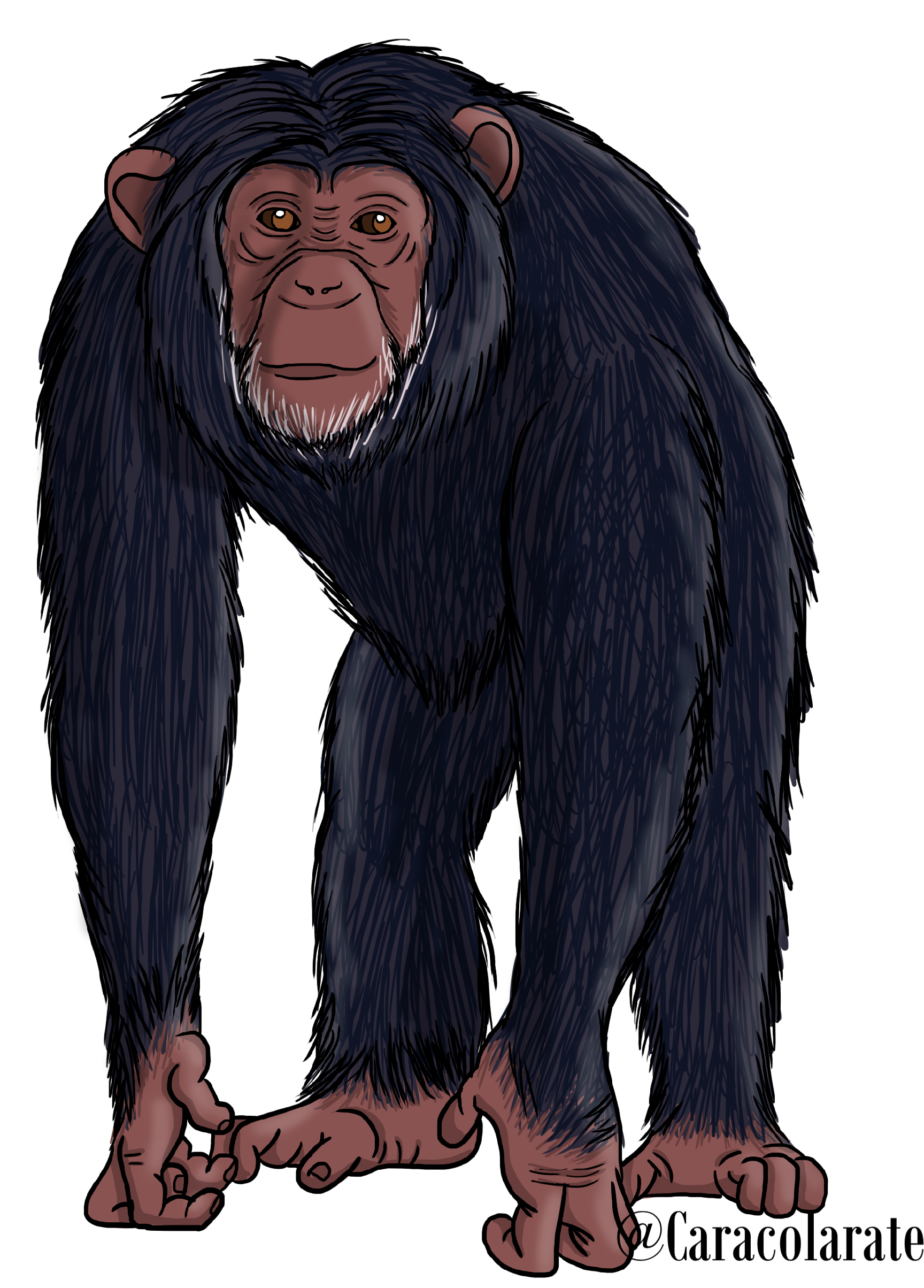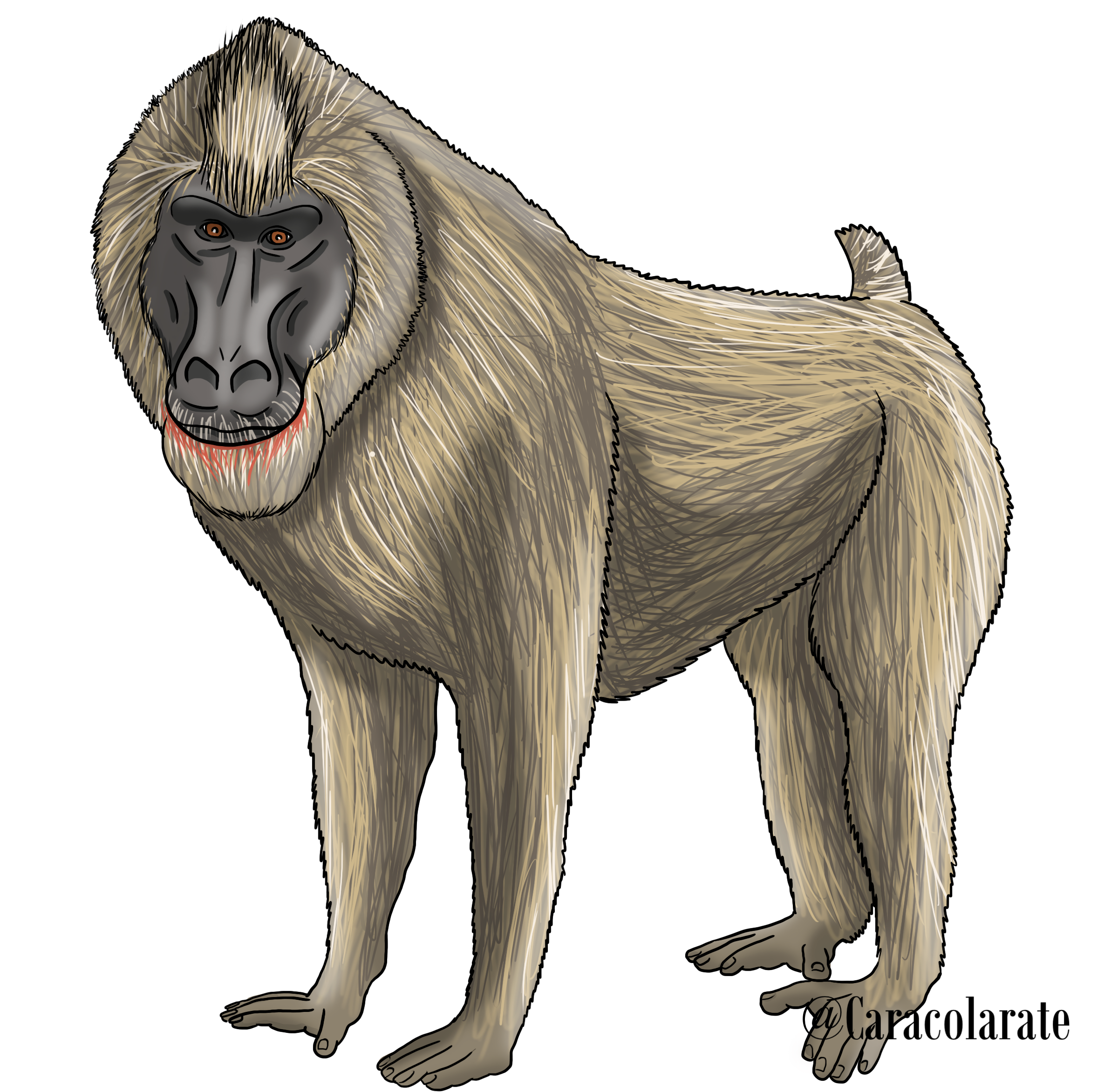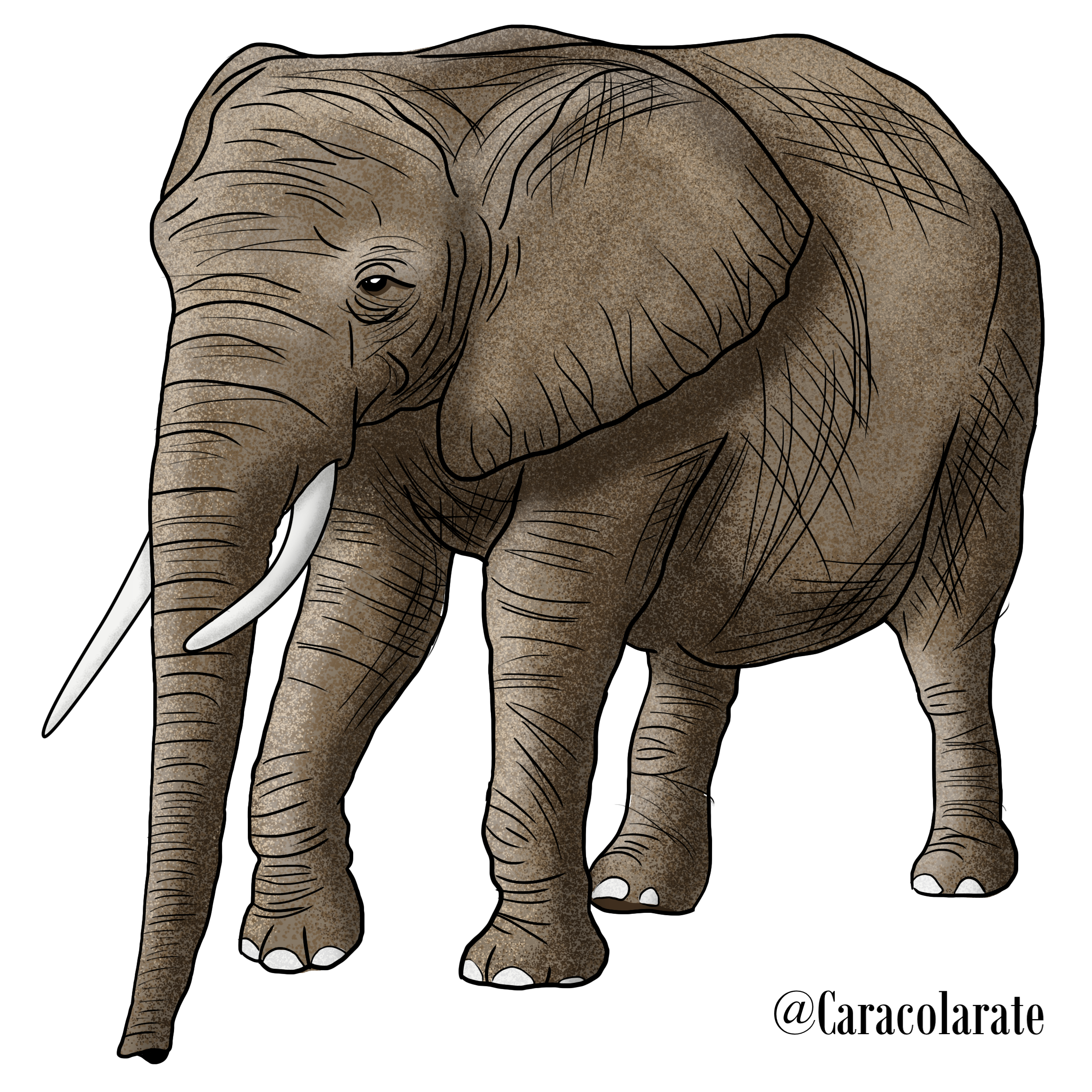Endemic species
The Lebialem Highlands of Cameroon are a global biodiversity hotspot and are considered home to many rare and incredible species, all of which are unique in their own way and provide a valuable contribution to the environment that surrounds them.
Included within these species are the four flagship species of the Lebialem Highlands, the four being the;
- Cross River Gorilla
- Nigerian-Cameroon Chimpanzee
- Drill
- African Forest Elephant
Some general information for these four species can be found in the tabs below, however they are far from the only endemic species to these incredible environments.
The Lebialem Highlands are also home to 84% of the known African primates, 68% of the known African passerines and 66% of the known African butterflies, which just shows the importance there is to protect these habitats for all species.
Cross River Gorilla
The Gorilla species are considered to be one of the cloest related species to humans, sharing 98% of our genes and it is clear to see the similarities.
There are four species of Gorilla this being the; Eastern Lowland Gorilla, Mountain Gorilla, Western Lowland Gorilla and the Cross River Gorilla.
The Cross River Gorilla is classified as critically endangered, as there are less than 300 extant individuals across fragmented submontane habitats located within Nigeria and Cameroon.
The species was thought to be extinct in 1970 due to its elusive behaviours, and is still under persistant threat today from agricultural practices, hunting and locals using the land as refuge from the current humanitarian crisis.
As communities are living in closer proximity to the Cross River Gorilla and moving further into their habitat, this puts them at increasing risk for contracting human diseases such as Ebola, Anthrax and as of recently, potentially at risk of COVID-19.
For fragmented populations such as the Cross River Gorillas, the effects of these diseases could prove to be devastating as populations are less genetically diverse and more suceptible to contraction, ailment and/or death.

Nigerian-Cameroon Chimpanzee
The Nigerian-Cameroon Chimpanzee was first identified in 1997, and was recognised as the 4th Chimp subspecies.
This subspecies of Chimpanzee is the least studied as well as the most threatened, with numbers estimated at fewer than 6000 remaining in the wild.
Classified as endangered by the IUCN, the Nigerian-Cameroon Chimpanzee lives in fragmented populations that are in decline due to many of the same factors as the Cross River Gorilla.
These factors include poaching for bushmeat as well as intrusive agricultural and felling practices that leave their habitats inhospitable.
Food and nesting materials for this Chimpanzee subspecies are highly sensitive to environmental variation, and so are at increasing risk as habitat conversion and climate change increases in severity.
This is will therefore lead to reproductive success being highly reduced, and is a factor that further contributes to the decline in the subspecies numbers and distribution.

Drill
The Drill species is native to the island of Bioko which is just off the Cameroon coast in Equatorial Guinea, the Cross River region of Nigeria-Cameroon and has a small population in the Lebialem Highlands of Cameroon.
The Drill has an estimated 600 individuals left living in the wild, and following a 70% decline in population numbers since 1986 they are classified by the IUCN as endangered.
Hunting for bushmeat, agriculture and habitat degradation are again amongst just some of the threats to the species numbers, with urban development now factoring a new risk to the species as populations are separated by the construction of roads and buildings, creating isolated subpopulations.

Forest Elephant
With the IUCN not yet recognising the African Forest Elephant as a distinct species to the African Savanna Elephant it is hard to get an accurate estimation of its conservation status, however this species is still regarded as vulnerable.
These Elephants are located across the forests of central Africa and are essential for germination of many tree species as the germination process can only occur after passing through the Elephant's digestive tract.
They are smaller than Savanna Elephants with a straighter tusk that points downwards whereas the Savanna Elephants tusks curve outwards. The Forest Elephants ears are also suggested to be more Oval in shape.
Habitat loss and fragmentation are key factors relating to the decline in species numbers however a significant deadly factor to these Elephants is poaching for bushmeat and ivory trade.
Over 62% of Forest Elephants were killed within the last decade for the ivory within their tusks, as it is of high economic value and many local communities believe it possesses spirtualistic powers.

